Cemeteries: Fearsome Places to Avoid or Fascinating Places to Embrace?
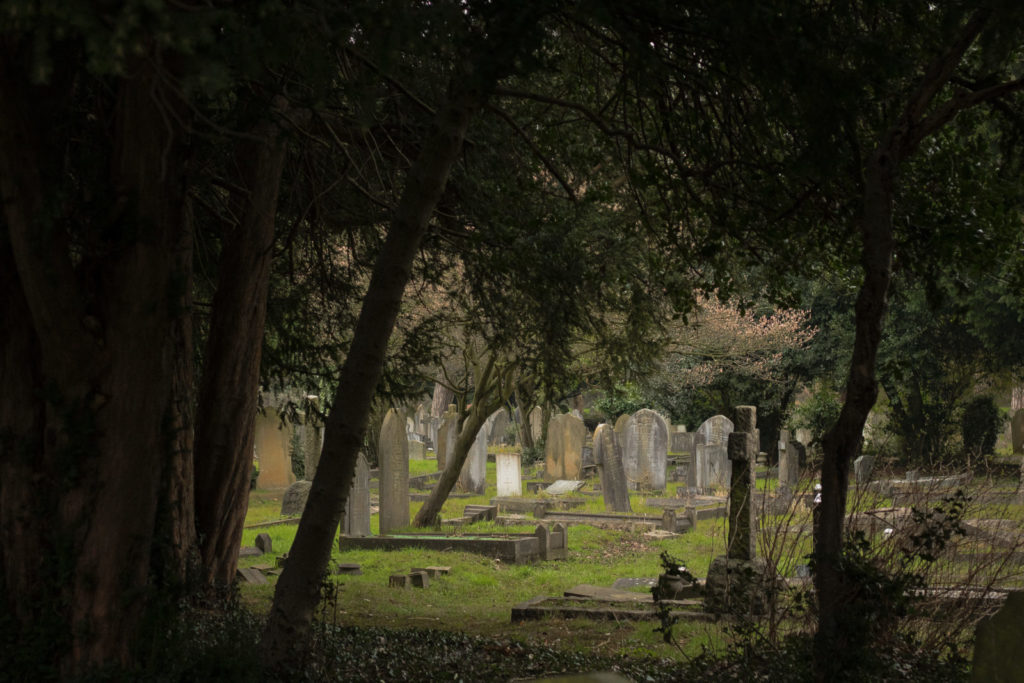 26
26Oct
Are cemeteries a spooky place for you? Depending on how death is viewed, maybe so. The symbols or imagery on tombstones over the centuries have changed from very stark perspectives towards death and judgment in Puritan New England to an attitude of celebrating the lives of our dearly departed. This symbolic iconography has evolved over the last three centuries from winged skulls and crossbones, grim reapers, hourglasses, urns, cherub, angels, floral designs, birds like doves, pillows and drapery, fraternal and military insignia, sculpted archways beckoning to the next life, lambs, religious faith like hands pointing to heaven, crosses and crowns, and much more. Themes have become more life affirming, and have moved from dread of the afterlife, to mourning for loved ones, eternal sleep, comfort and hope, and in recent decades, laser-etched depictions of an individual’s passions and pastimes, and even one’s beloved pets.
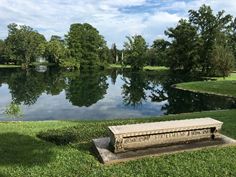
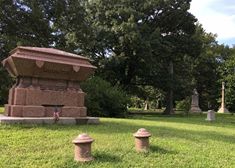
To our inner sleuth, cemeteries are exciting places to explore and learn! Especially, during the heyday of cemetery monuments from the 1860s to the 1920s, when great park-like cemeteries with lakes were established. A stroll through the magnificent Spring Grove Cemetery in Cincinnati is a journey through a huge part of American history. The great monuments and the humbler graves speak of the beliefs and attitudes of our ancestors. “Dead men may tell no tales, but their tombstones do” [Keister, p. 11]. For those who feel the gentle pull of generations past, we are transported back, discovering a panorama of life on a much grander scale than our individual existence. Perspective and rootedness are very important, especially as we seek to understand the lives and motivations of our ancestors. Even small family plots in a grove of trees on an isolated farm, miles from civilization, are very special places.
One can even laugh about cemeteries. A Google search will generate much “grave humor.” The newspaper editor, Arthur Brisbane (1864-1936) wrote, “The fence around a cemetery is foolish, for those inside can’t come out, and those outside don’t want to get in.” When my wife’s brother taught her to drive his stick shift truck for the first time as a teenager, he chose the paved, narrow roads of the expansive Holy Sepulchre cemetery in Rochester, New York, where so many of their ancestors lay buried, “because you can’t kill anything that is already dead!”
Serendipity can occur in cemeteries. You very likely have had remarkable experiences of discovery in burial grounds. One of my greatest experiences happened in a churchyard in Wolborough, Devonshire, England, with its several thousand tombstones and overgrown grasses and briers. My Barker ancestral brick wall had remained a barrier for many years. There was reason to believe that the twenty-six-year-old sister of an ancestor was buried there in 1820. A local English family historian named Dick Wills and I arrived at the burial ground, and my heart sunk as I gazed upon a sea of tombstones. There were no plot maps to help us.
After wandering into the churchyard, just as I said aloud “this is hopeless,” I looked over to Dick some distance off and noticed him squatting before a tombstone, picking off some of the lichen that obscured part of the engraving. It was the young Jane Barker! How did he find it among so many gravestones? He had the experience and intuition of an excellent genealogist, the 14th generation of his family farming the same land. By serendipity or some other spirit, he was often drawn to the correct ancestors and improbable discoveries. The great thing was, Jane’s tombstone there in Devon revealed that she was from Rotherham, Yorkshire, and this was just the clue that was needed to take the Barker family back past the brick wall. Standing before her grave, I could feel the little assemblage of people who must have stood there at her burial on that wintery day in early 1820. They were kin, as the centuries between us melted away.
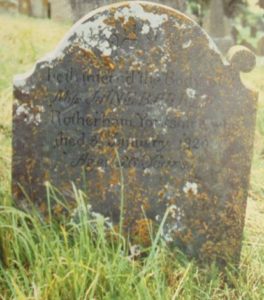
Jane Barker, died 3 January 1820, of Rotherham, Yorkshire
Here in the United States, there is a tombstone in the Pleasant Grove, Utah, cemetery of a Poulson family that has always intrigued me. Of nine children born, seven passed on at very young ages, and two lived into their 80s and 90s. The poor mother who faced these tragedies also lost her husband just a few years after the children had died. There are undoubtedly interesting stories behind these hardships. Insight into what life was like for ordinary people can be learned by asking our living relatives for details while they still remember.
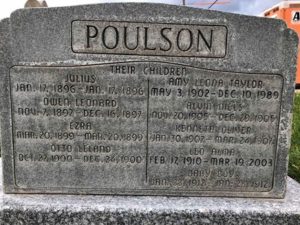
Poulson Family of Pleasant Grove. The father died in 1920
There are many excellent books, blogs, articles, social media and videos that tell how to care for or acquire rubbings or images of tombstones. Three books are listed below, and there are many others. These excellent books cover a wide gamut of cemetery and death related topics. Sometimes the tombstone sought for cannot be located in a burial ground, because it is completely covered with vines and leaves! Be sure to bring the right tools to clean up plant life so the inscriptions can be read and photographed. If some of them are now unreadable, perhaps an earlier transcription project captured the details.
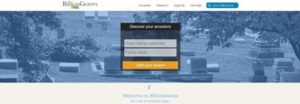


Cemetery research is one of the most effective ways to trace your family tree. Between BillionGraves.com, FindaGrave.com, Interment.net, and numerous others, there are large databases of burials available, many with photographs and memorials, and many geotagged. It has been a very rewarding experience going to graves in New York, Iowa, Indiana, Utah and California, taking pictures, and adding exact latitude and longitude coordinates.
This can also be a great family activity. The FamilyTree Cemetery Field Guide explains in detail how to use Billion Graves and Find a Grave. One can request through these websites that a local resident take pictures of ancestral tombstones for you, and you can help others in the same way.
In the United States, on Memorial Day families often visit cemeteries and the burial places of their loved ones. People who may be approaching the end of their mortal days may visit where they will be buried, or the graves of their parents or spouses. My father, with a diagnosis of terminal cancer, and growing health challenges, chose to volunteer at the Los Angeles National Cemetery where he entered into their database hundreds of names from paper burial files. These can now be seen on Interment.net. Genealogists are grateful to all the unsung heroes who labor away, indexing old records or doing data entry to make the records of humanity available. It is a great endeavor—a partnership between the living and the deceased, that unites us with our kindred dead.
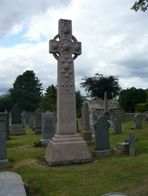
In reading this blog post, at this time of Halloween, if you were hoping for scary cemetery stories, with ghouls, ghosts, dismembered bodies, tormented spirits, or grim reapers chasing you down, you did not get it! But, for those with the great heart and mind of a genealogist, you see and understand so much more in cemeteries. They can be places of serious study, but they can also be wonderlands where one connects with ages past and with layers of humanity. It is our choice, and our opportunity, to learn all we can about cemeteries. Visit your ancestors, as well as the people buried around them, and learn all you can about their hopes and dreams. Symbols and epitaphs will help. Learn from books and articles the best practices for burial ground investigations. If you would like some help by professional genealogists in your quest, Price Genealogy is waiting to assist you.
Greg
22 October 2018
Carmack, Sharon DeBartolo. Your Guide to Cemetery Research. (Cincinnati, Ohio: Betterway Books, 2002).
Keister, Douglas. Stories in Stone: A Field Guide to Cemetery Symbolism and Iconography. (Salt Lake City, Utah: Gibbs Smith, publisher, 2004).
Neighbors, Joy. The Family Tree Cemetery Field Guide: How to Find, Record, & Preserve Your Ancestors’ Graves. (Cincinnati, Ohio: Family Tree Books, 2017).
